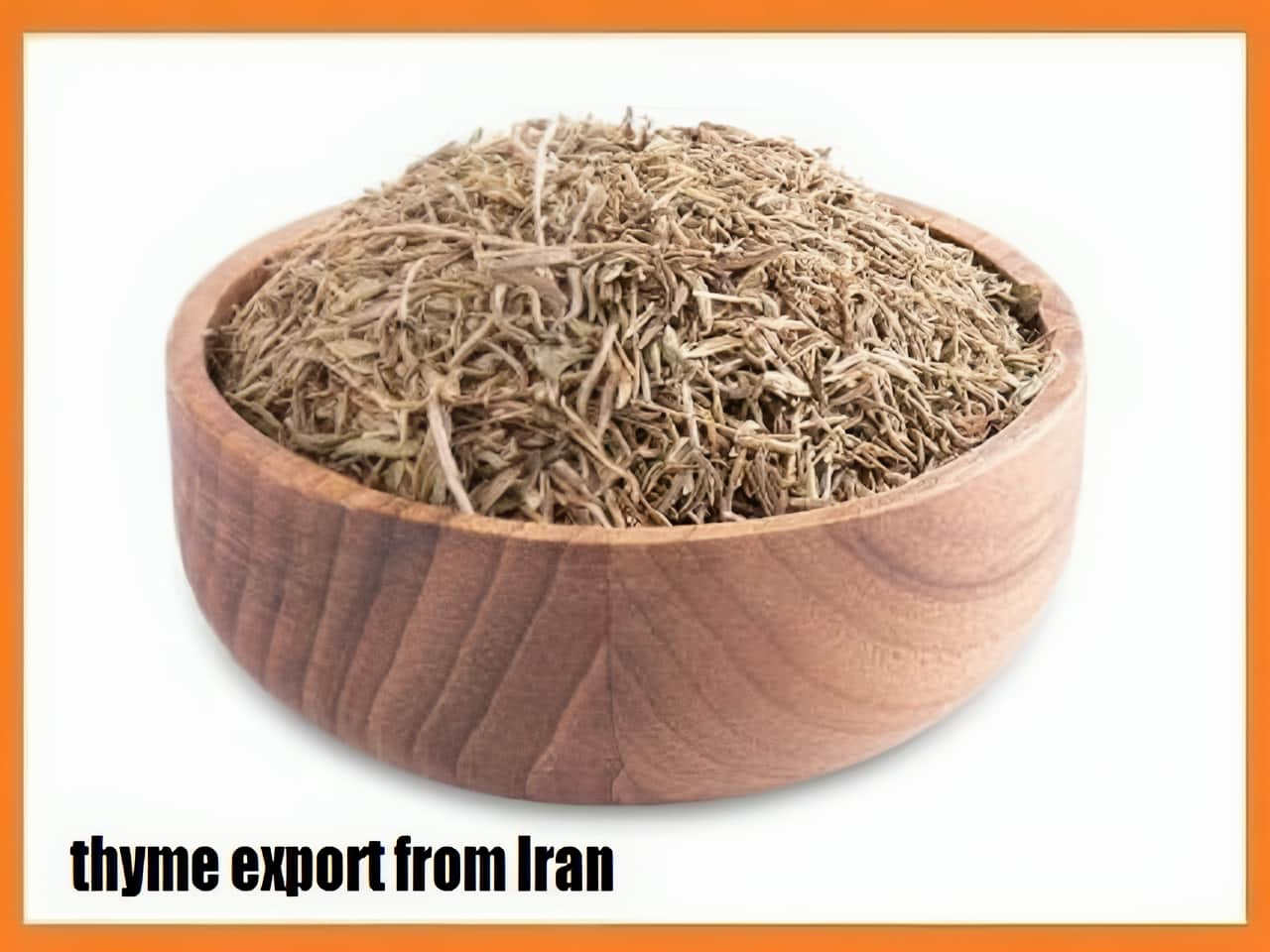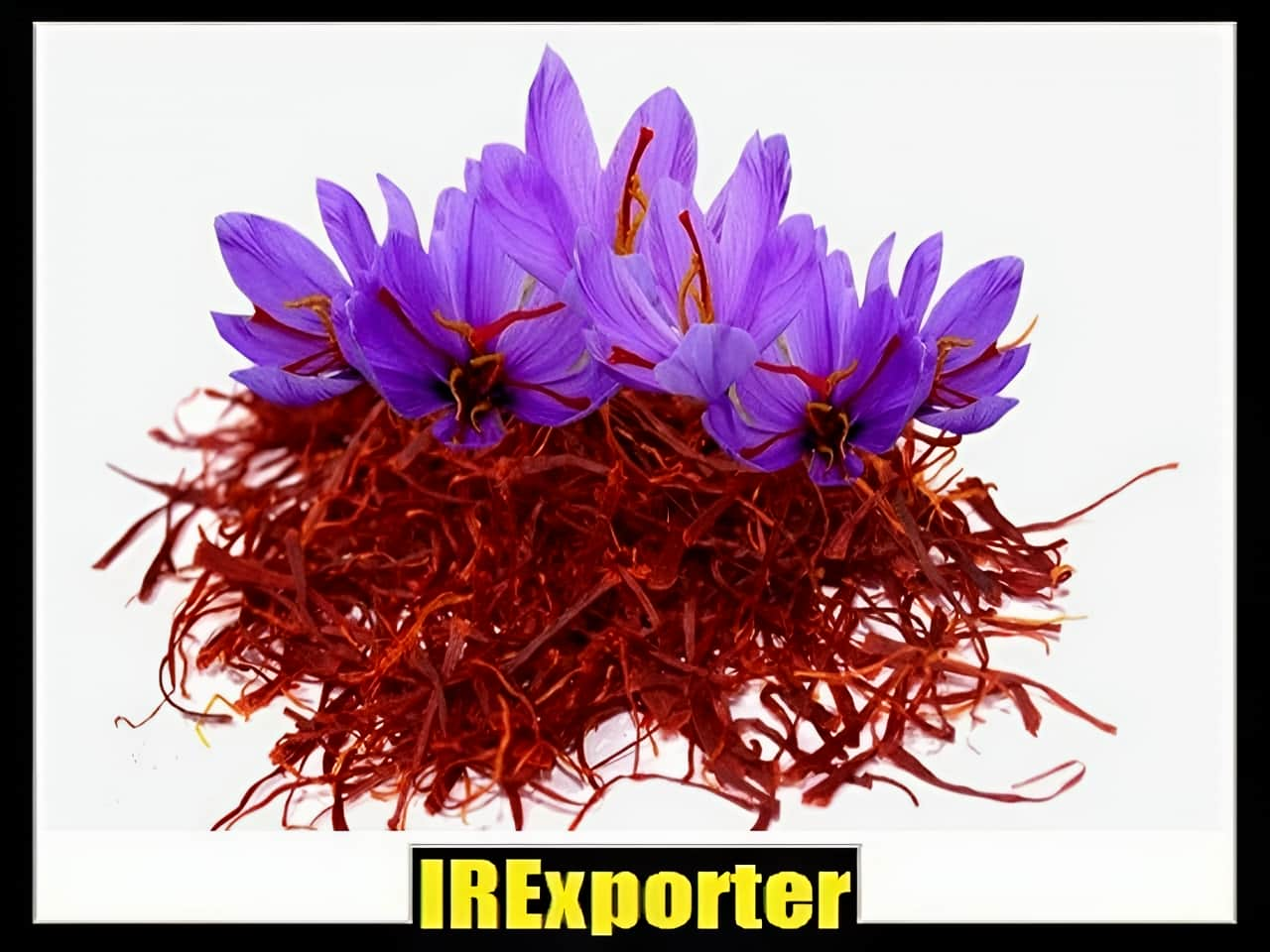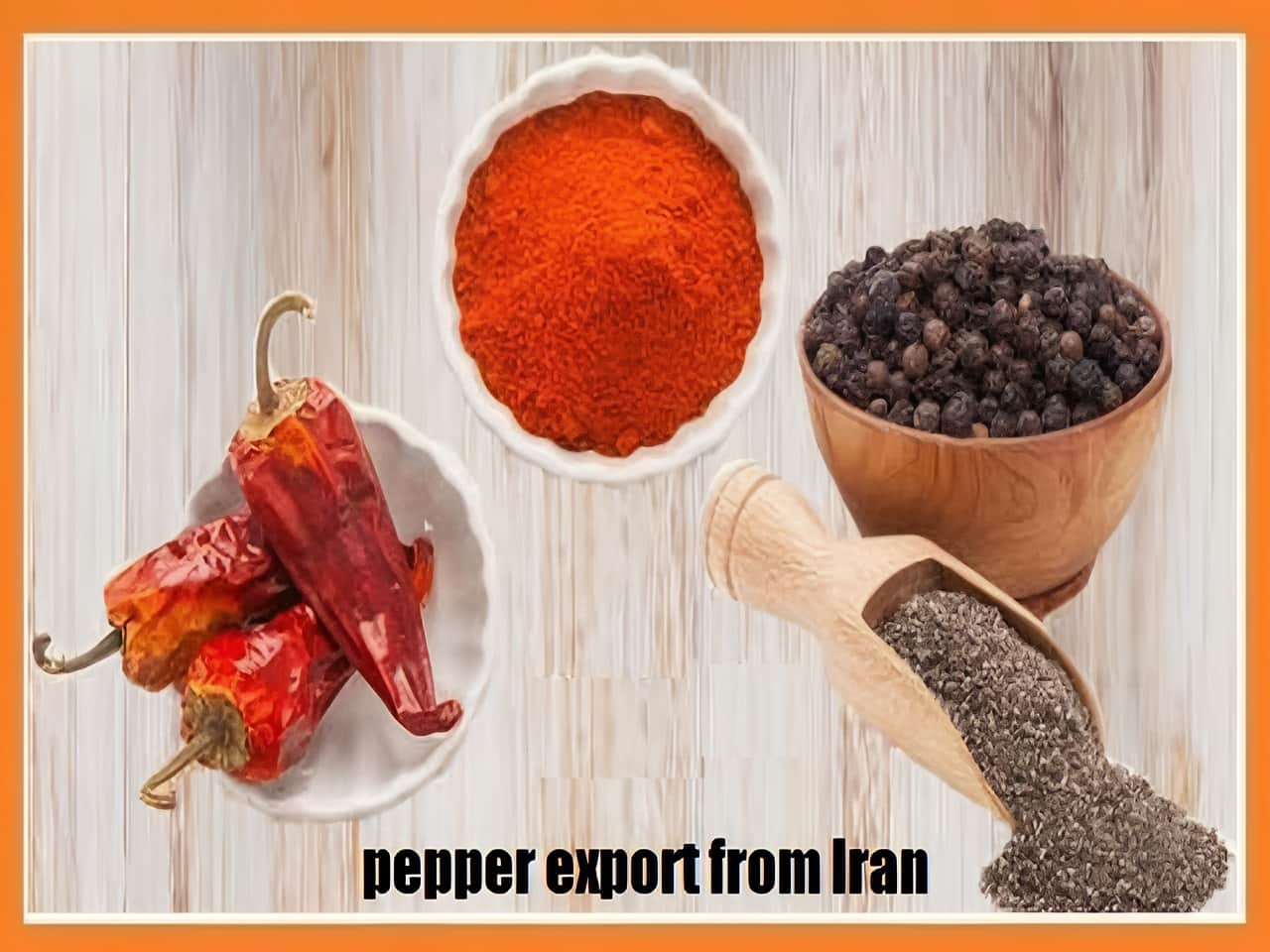Premium Iranian spices exports
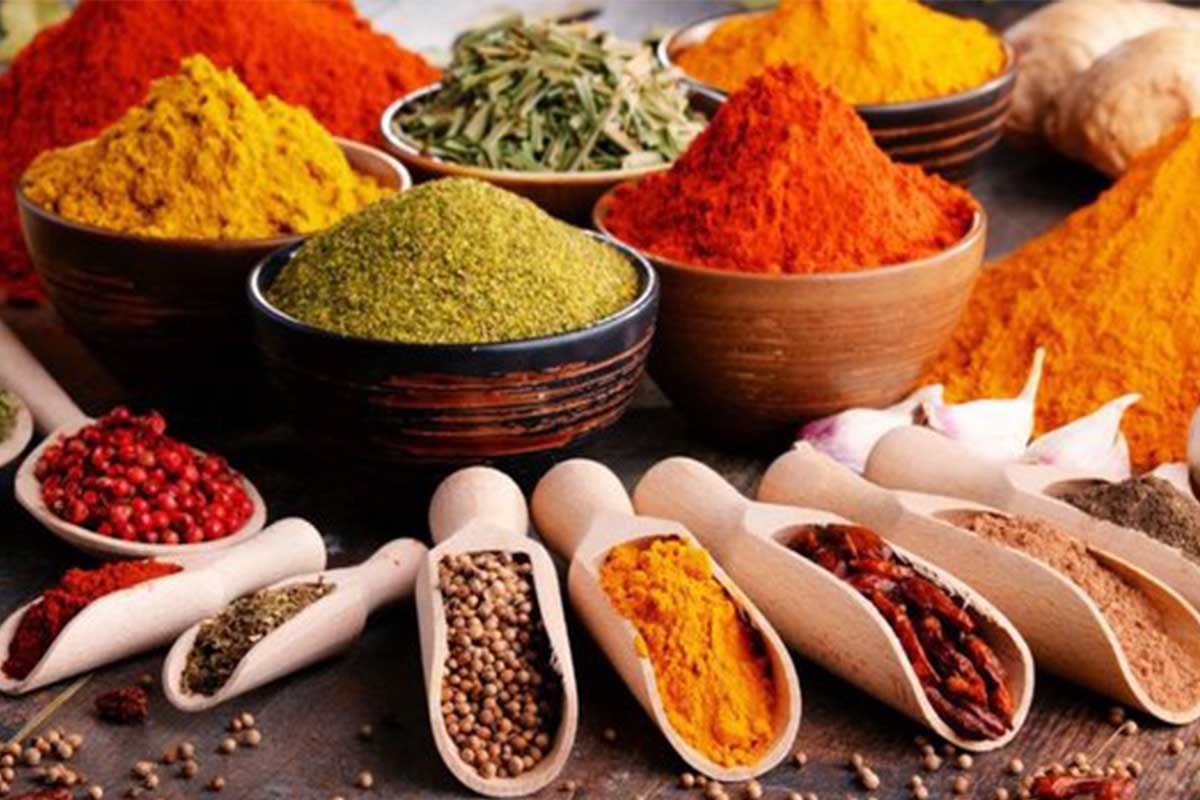
Shop a wide range of premium Iranian spices known for their rich aroma, vibrant color, and unmatched flavor. Sourced directly from Iran, these high-quality spices include saffron, cumin, coriander, turmeric, sumac, and dried herbs, all carefully selected and processed to preserve their natural potency. Perfect for culinary use, food production, and international trade, these top-grade spices meet global standards and are available at competitive export prices. Explore our comprehensive spice price list and connect with trusted suppliers in Iran for bulk purchases and fast, reliable shipping worldwide. spices should be used to make food better. Iran has also seen significant increases in spice exports in recent years. Spices are spices, seeds, fruits, bark, small seeds and other plant parts. Spices have been used for thousands of years to flavor and preserve food and have been used as medicines, dyes and perfumes, and as commodities.
Our premium spice collection also features thyme, known for its earthy aroma and antimicrobial properties; black pepper, the “king of spices,” offering sharp heat and depth; and saffron, Iran’s most prized export, renowned globally for its luxurious color, aroma, and complex flavor. Each of these spices is sustainably sourced from trusted Iranian producers and processed to maintain their natural oils, color, and potency, making them ideal for both culinary excellence and commercial use.
export of spices
the export of spices is heavily influenced by climatic and weather conditions. When domestic spice production is abundant due to favorable weather, the export volume tends to increase. Currently, iran produces and supplies only five types of spices: saffron, angelica, sumac, pepper, and cumin.
spices are cultivated in different cities of iran based on seasonal and climatic factors. However, the majority of the domestic spice market relies on imports. Countries such as india, singapore, indonesia, and malaysia are the leading exporters of spices worldwide.
spices have become integral to iranian and international cuisine, offering diverse flavors to various cultures. They are widely used as primary food flavorings or for medicinal purposes in many countries around the world. Spices play a crucial role in enhancing the taste of food, particularly in asian and american cuisines. Iran is among the largest consumers of spices globally.
based on statistical data, iranians consume over 200,000 tons of various spices each year, with more than half being imported. Apart from culinary uses, spices are also utilized in the food industry, manufacturing processes, and medical applications, among others.
origin of spices
spices, which add essential flavors to food, are derived and processed in different ways. Most spices are extracted from plant roots, seeds, flowers, or leaves, processed through various combinations and techniques, and ultimately prepared as finished spice products.
the cooking methods and uses of spices vary across different cultures and climates. For example, indian and pakistani cuisine is known for its spiciness, with most dishes featuring robust flavors. In southern iran, different spices are used in certain local dishes.
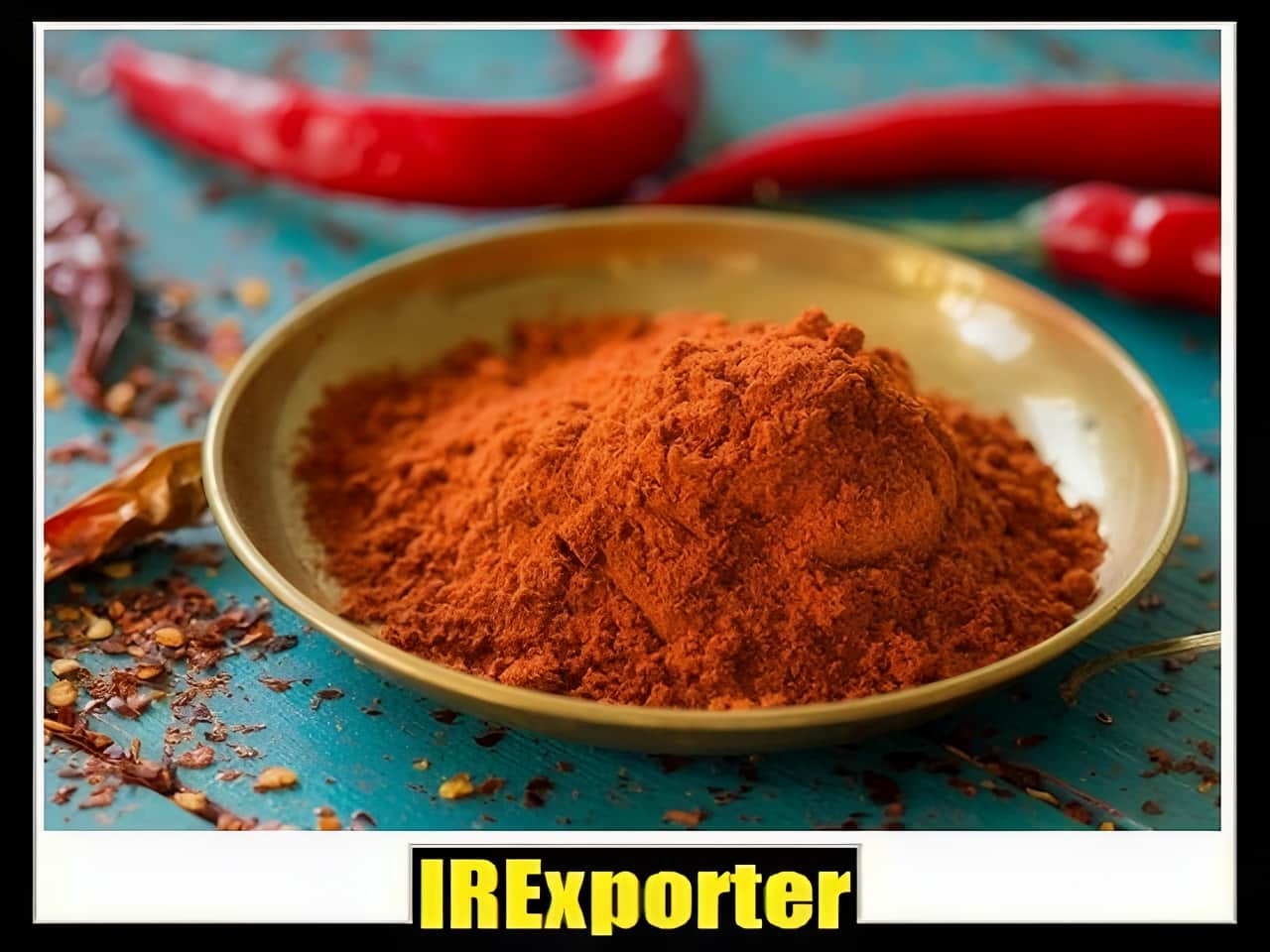
Discover the World of Iranian Spices: Types, Uses & Export Insights
Iran has long been recognized for its rich spice heritage. From the fragrant hills of Khorasan to the fields of Shiraz, Iranian spices captivate global markets with their aroma, color, and medicinal value. This article explores the most popular Iranian spices—thyme, pepper, saffron, and more—highlighting their uses, benefits, and export potential.
🌿 Types of Spices and Their Uses
Turmeric:
Widely used across the globe, turmeric gives food its warm yellow color and earthy flavor. Although most of Iran’s turmeric is imported from India, it remains a staple in Iranian households. Known for its anti-inflammatory and antioxidant effects, turmeric is commonly used to promote wellness and reduce the risk of chronic illnesses.
Sumac:
This deep red spice adds a tangy, lemon-like flavor to dishes. It’s commonly sprinkled over salads, grilled meats, and rice. Beyond flavor, sumac boasts antimicrobial properties and is rich in antioxidants—though it should be consumed in moderation.
Saffron:
Iran is the world’s largest producer of saffron, often dubbed “red gold” for its deep color, rich aroma, and delicate flavor. Cultivated for thousands of years, saffron is prized not only for culinary uses but also for its health benefits and traditional applications. It’s one of Iran’s most valuable exports.
Black Pepper:
A kitchen essential around the world, black pepper enhances flavor and offers digestive benefits. Iranian black pepper is known for its sharp, aromatic qualities and is available in both black and white varieties.
Cumin:
Used in many Iranian dishes, cumin comes in two types: green and black. It’s especially popular for aiding digestion and adding depth to food. Iran is a leading producer of green cumin, and this spice plays a significant role in the country’s exports.
Cinnamon:
Cinnamon adds warmth and sweetness to both sweet and savory dishes. It’s commonly used in desserts, tea, and even stews. It also has numerous health benefits, including immune support and blood sugar regulation.
🌍 Spice Export Market from Iran
Iran is a significant producer and exporter of various spices such as:
-
Green cumin from Khorasan
-
Black cumin from Kerman
-
Sumac from Tabriz and Kurdistan
-
Thyme from Shiraz
-
Red pepper, shallots, and garlic from Hamedan
While the quality of Iranian spices is high, the lack of advanced packaging and international branding has limited their full export potential. In many cases, Iranian spices are sold in bulk to other countries, where they are repackaged and resold under foreign labels.
Nevertheless, Iran continues to export thousands of tons of spices each year to countries like the UK, Canada, Iraq, Qatar, UAE, Indonesia, Australia, Turkey, and many more.
🔥 Key Export Markets for Iranian Spices
🇮🇶 Iraq & Arab Countries
Iraq is a major importer of Iranian spices due to geographical proximity and shared culinary tastes. While competition from Indian products exists, Iranian spices remain highly valued in the region.
🇷🇺 Russia
With a growing market for herbal and natural products, Russia represents a key opportunity for Iran. Dried herbs such as sumac, borage, red pepper, lavender, thyme, and fennel are in high demand and regularly exported to Russian markets.
🌿 Thyme Exports
Thyme is one of the most in-demand herbal teas worldwide. The finest Iranian thyme comes from Shiraz and is known for its potency and aroma. Exporters typically ship it in bulk, where it’s ground and packaged for international consumers. Key destinations include Italy, Oman, Afghanistan, and countries around the Caspian Sea.
📈 Economic Impact of Spice Production
Spice farming is not only a cultural asset but also a vital part of Iran’s economy. Major products like saffron, cumin, and sumac contribute to export revenues and job creation.
-
Saffron: A high-value export crop, mainly produced in Khorasan.
-
Cumin: With thousands of tons produced annually, green cumin is a key player in Iran’s spice trade.
-
Sumac & Red Pepper: Grown in multiple provinces and exported for culinary and medicinal uses.
🚚 Challenges & Opportunities in Export
Challenges:
-
Intense global competition from India, Turkey, and others
-
Limited investment in branding and retail-ready packaging
-
Transport and logistics complexities
-
Maintaining product consistency for international buyers
Opportunities:
-
Rising global interest in organic and herbal spices
-
Potential to expand in underdeveloped markets (e.g., Africa, Central Asia)
-
Investment in storytelling, cultural branding, and modern packaging
-
Exporting value-added products like pre-mixed spice blends and herbal teas
🤝 iRexporter – Your Trusted Partner in Iranian Spice Export
As a member of the Iran Spices Exporter Exchange, iRexporter connects international buyers with certified Iranian producers. We offer:
-
Reliable sourcing and logistics solutions
-
Bulk and customized packaging options
-
Quality assurance and export certifications
-
Market insights and consulting for international trade
Whether you’re sourcing thyme, saffron, cumin, or red pepper, we provide seamless, trustworthy export services tailored to your business needs.
🌍 Trusted by Global Markets
Our customers span across:
Turkey, Pakistan, Uzbekistan, Iraq, Georgia, Cyprus, Kuwait, Oman, Qatar, Syria, Armenia, Turkmenistan, Russia, Morocco, Germany, Sweden, Australia, Malaysia, Singapore, and beyond.
Iran’s spice sector holds enormous potential on the global stage. With centuries of tradition, diverse climate zones, and expert cultivators, Iranian spices are more than ingredients—they are a taste of culture. Investing in modern export strategies will help Iranian spices earn their rightful place in kitchens and markets worldwide.
| Heading | Content |
|---|---|
| Section 1: Introduction | Are you looking for the best Iranian natural spice supplier and exporter company? Look no further! Our company is dedicated to providing top-quality spices sourced directly from Iran’s finest producers. With years of experience in the industry, we have established ourselves as a trusted and reputable supplier of premium spices. |
| Section 2: Product Quality | When it comes to spice quality, we set the highest standards. We work closely with local farmers and producers who cultivate and harvest spices using traditional methods. Our rigorous quality control ensures that every spice we offer meets our strict criteria for freshness, aroma, and taste. Whether you purchase saffron, cumin, turmeric, or any other spice from us, you can be confident that you are receiving the finest product. |
| Section 3: Competitive Prices | We understand the importance of competitive pricing. While maintaining exceptional quality, we strive to offer our customers the best prices in the market. We have established strong relationships with our suppliers, allowing us to negotiate favorable rates. Whether you are a wholesale buyer or an individual customer, you will find our prices to be highly competitive. We believe that everyone should have access to premium Iranian spices without compromising their budget. |
| Section 4: Wide Range of Spices | Our company takes pride in offering an extensive range of Iranian spices. From the bold flavors of black cumin seeds to the vibrant color of paprika, we have it all. Whether you need spices for culinary purposes or herbal remedies, our diverse selection caters to various needs. With us, you can conveniently purchase different spices in quantities tailored to your requirements, ensuring you always have the perfect ingredient for your dishes. |
| Section 5: Reliable Shipping | We understand the importance of timely and reliable shipping. Our company employs efficient logistics to ensure your orders are processed and delivered promptly. We take utmost care in packaging to preserve the freshness and quality of the spices during transit. Whether you are located domestically or internationally, you can trust us to deliver your purchase safely to your doorstep, providing you with a hassle-free shopping experience. |
| Section 6: Customer Support | Customer satisfaction is our utmost priority. Our dedicated support team is always ready to assist you with any inquiries or concerns you may have. We value our customers and aim to provide exceptional service throughout your purchasing journey. Whether you need assistance with product selection, order tracking, or any other aspect, our friendly and knowledgeable team is here to ensure you have a seamless and enjoyable experience. |
FAQs
-
Are your spices sourced directly from Iran?
Yes, we work directly with Iranian producers to ensure the authenticity and quality of our spices.
-
Do you offer bulk purchase options?
Absolutely! We cater to both wholesale buyers and individuals, offering flexible quantities to meet your needs.
-
What are your shipping options?
We provide various shipping options, both domestic and international, to ensure your order reaches you safely and on time.
-
Can I track my order?
Yes, we provide order tracking services so that you can monitor the progress of your shipment.
-
Do you offer refunds or returns?
We strive to ensure your satisfaction. If you encounter any issues with your order, please contact our customer support, and we will assist you accordingly.
-
Can I request samples of your spices?
At the moment, we do not offer samples. However, we are confident in the quality of our products and offer a satisfaction guarantee.
| Spices export from Iran | |
|---|---|
| 💎 Product benefits | Good price and High quality |
| 💲 Export Spices price | The lowest price in the trade market |
| ⏳ Quality of Spices for export | Top-Grade |
| ⏱ How to send products | By ship shipping |
| 🎯 How to order | By email and call |
